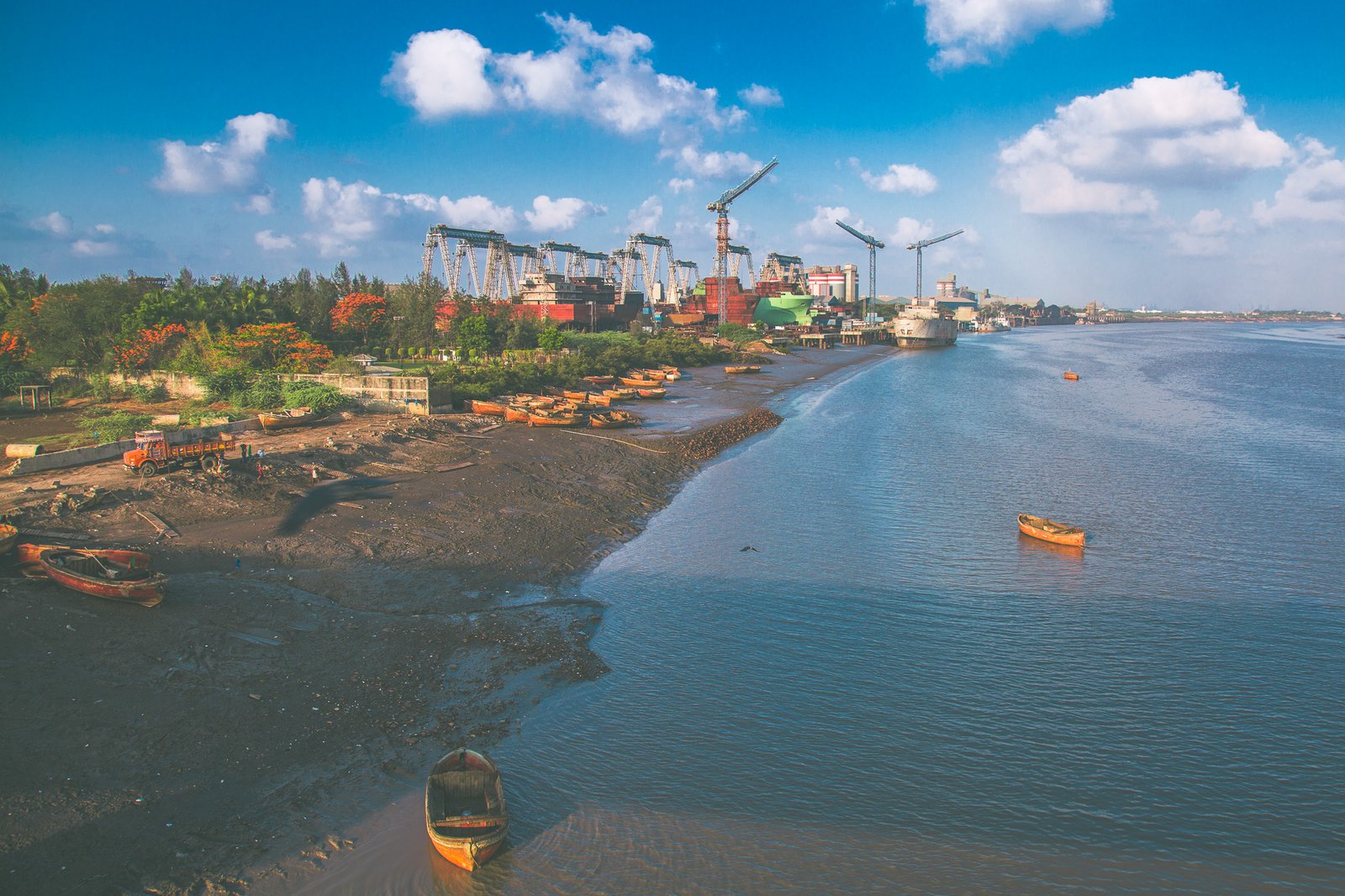Interactive India Pollution Monitor
Compare pollution levels under command-and-control versus a market-based approach. Click through each period to see how emissions and reductions evolved over time. The white horizontal lines within the meters indicate averages.
TRADING PERIODS
